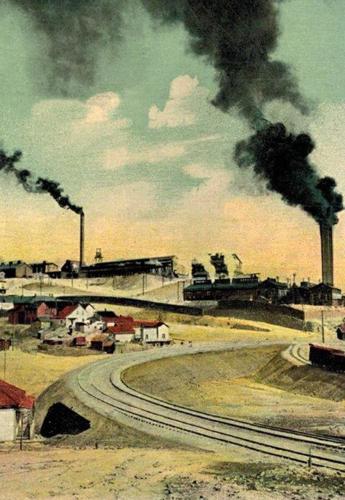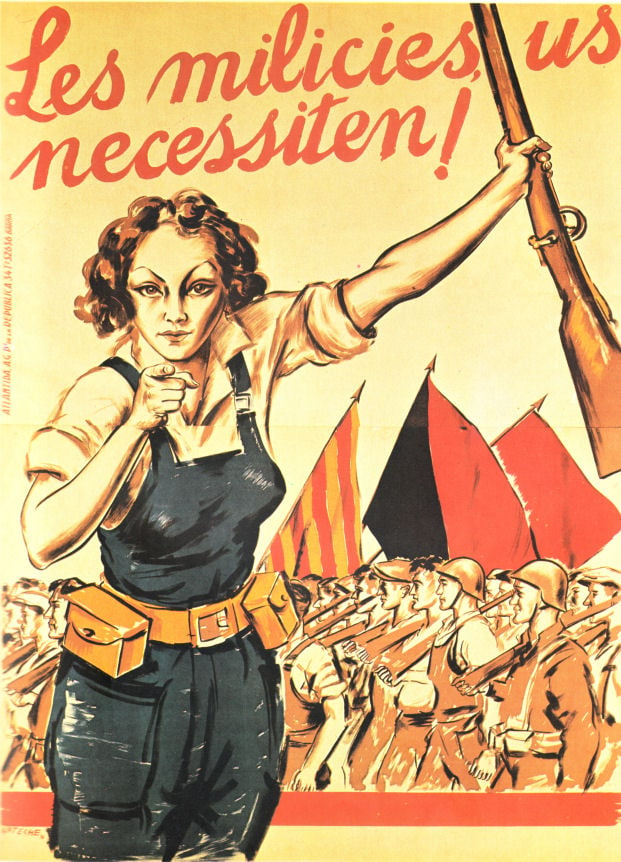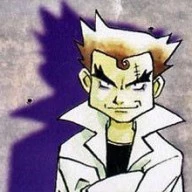- cross-posted to:
- workingclasscalendar@lemmy.world
stahmaxffcqankienulh.supabase.co
- cross-posted to:
- workingclasscalendar@lemmy.world
Anaconda Road Massacre (1920)
Wed Apr 21, 1920

Image: One of Butte’s most famous byways was the Anaconda Road, which remains near the Irish neighborhood of Dublin Gulch. On April 21st, 1920, the road was the site of the anti-labor Anaconda Road Massacre.
On this day in 1920, an anti-labor posse, deputized by police, gunned down striking miners in Butte, Montana, shooting 15-16 men in the back, killing one. Workers had gone on strike to demand higher wages and an end to anti-union discrimination.
Author Richard Gibson writes that, in a Sunday night meeting, April 18th, 1920, the Industrial Workers of the World (IWW) and the Metal Mine Workers Union called for a strike to improve wages and end the hated rustling card system, a process whereby employers could blacklist union organizers and members.
Pickets spread along the Anaconda Road on April 19th to enforce the strike, and some trolley cars were attacked, with strikers turning men bound for work away from the mines.
On April 21st, the Silver Bow County Sheriff deputized Anaconda mine guards to suppress workers. As nearly 400 unarmed miners marched up the Anaconda Road, they were confronted near the Neversweat Mine by the sheriff, Anaconda Copper Mining (ACM) Company officials, and armed guards. Shots rang out, and armed Company agents shot 15 or 16 unarmed miners, all in the back. One, Tom Manning, a 25-year-old Irish immigrant, died four days later.
Anti-labor press claimed, without evidence, that workers shot first. Despite a massive inquest, no one was ever charged with the murder of Tom Manning. The inquest report included the complete Communist Manifesto by Karl Marx, entered as evidence against IWW members and others involved in the events of April 21st.
In the wake of the Anaconda Road shootings, federal troops were called to Butte, arriving on April 22-25 as Tom Manning died. Troops were billeted at the Florence Hotel in the 200 block of East Broadway and elsewhere. They did not depart from Butte until the following January.
The strike and massacre were the last major labor conflict in the area until the 1934 passage of the National Recovery Act allowed outside support to help rebuild the weakened Butte Miners Union.
“The overlords of Butte will not permit their right to exploit to be challenged. Drunk with unbridled power and the countless millions profiteered during the war, with lying phrases of ‘law and order’ on their lips, the blood of workingmen dripping from their hands, and the gold of the government bursting their coffers, they face the nation unreprimanded and unashamed — reaction militant, capitalism at its worst. The copper trust can murder its slaves in broad daylight on any occasion and under any pretext. There is no law to call a halt. In the confines of this greed-ruled city, the gunman has replaced the Constitution. Butte is a law unto itself.”
- Ralph Chaplin, poet and member of the IWW
- Date: 1920-04-21
- Learn More: mtstandard.com, en.wikipedia.org.
- Tags: #IWW, #Labor, #Massacre.
- Source: www.apeoplescalendar.org
Thought I’d mention the IWW still operates to this day, and will gladly help train and support anyone to unionize their workplace, blue collar or white collar.
If you want to take effective action against the regime, raise your wages and benefits, and strengthen a general strike, I’d seriously suggest giving it a shot.
I get it, but can someone ELI5 why one death equals a “massacre?”
While we generally use the word “massacre” to describe the killing of a large group of people, the technical definition from Merriam-Webster doesn’t specify that it needs to be a large number, instead focusing on the cruelty of the killing, and the innocence of the victim:
the act or an instance of killing a number of usually helpless or unresisting human beings under circumstances of atrocity or cruelty
Thank you for being the one who wrote out a reply.
You got me thinking, and the reply got me thinking of the Valentine’s Day Massacre.




